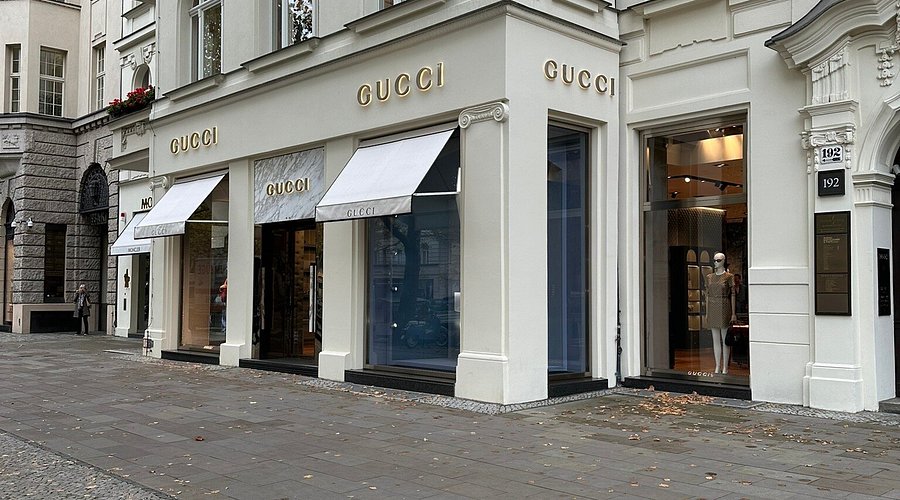Discreet Luxury: The Rise of Hidden Architecture in Elite Homes
By
John Carter
Last updated:
September 17, 2025
First Published:
September 17, 2025

Photo: Issuu
Luxury has always been associated with visibility. Grand facades, towering structures, and opulent interiors have long defined high-end homes. However, a new trend is emerging where the wealthy prioritize discretion over display. Hidden architecture is reshaping elite homes, offering privacy without compromising on style or sophistication.
Concealed entrances and secret rooms
One of the hallmarks of hidden architecture is the use of concealed entrances. From bookshelves that swing open to reveal private libraries to staircases tucked behind mirrored walls, these features transform ordinary spaces into secret sanctuaries. Homeowners now value the thrill of exclusivity and the security that discretion provides.
Integration with nature
Hidden architecture often incorporates natural surroundings to maintain a low profile. Villas tucked into hillsides, residences partially submerged in forests, and homes that blend seamlessly with the coastline are all part of this trend. The objective is to create an environment that is both visually stunning and invisible to outsiders.
Smart technology enhances privacy
Modern technology plays a key role in this movement. Automated security systems, biometric access points, and remote-controlled features allow homeowners to manage their privacy effortlessly. Smart lighting and soundproofing further enhance discretion, ensuring that luxury remains a personal experience rather than a public spectacle.
Multi-functional spaces
Elite homeowners are increasingly designing spaces that serve multiple purposes without drawing attention. A dining room might double as a gallery, or a home gym could hide behind an unassuming wall. This approach maximizes functionality while maintaining a sense of understated elegance.
Emotional and psychological appeal
Hidden architecture also appeals to psychological desires. Seclusion fosters tranquility, reduces stress, and allows homeowners to retreat from constant scrutiny. For many, the ability to enjoy luxurious spaces without being observed is as valuable as the design itself.
Sustainability and design
Many discreet luxury projects incorporate eco-friendly elements. Green roofs, solar panels, and energy-efficient systems are integrated subtly so that sustainability does not compromise aesthetics. The fusion of discretion and environmental consciousness reflects evolving values among the wealthy.
Global examples
Architectural hotspots like Switzerland, Scandinavia, and Japan are leading in hidden luxury design. These regions offer both the landscape and expertise to create private yet visually impressive homes. The trend is also gaining traction in urban settings, where high-rise residences conceal penthouses behind minimalist exteriors.
Investment value
Hidden architecture adds significant value to elite properties. Homes that offer unique design features alongside enhanced privacy command premium prices. For buyers, these spaces are both a retreat and a strategic investment, as exclusivity and scarcity drive long-term appreciation.
Personalization and uniqueness
Every hidden architecture project is highly customized. Wealthy homeowners work with architects to tailor designs to individual preferences, interests, and lifestyles. This level of personalization ensures that no two properties are alike, reinforcing the idea that true luxury is personal rather than performative.
The future of elite living
As more high net worth individuals seek private, innovative living spaces, hidden architecture is poised to become a defining feature of elite homes. Luxury is no longer about visibility but about creating spaces that provide comfort, security, and serenity. This shift marks a new era where wealth is expressed through discretion and design ingenuity.
Subscribe to unlock premium content
Sed at tellus, pharetra lacus, aenean risus non nisl ultricies commodo diam aliquet arcu enim eu leo porttitor habitasse adipiscing porttitor varius ultricies facilisis viverra lacus neque.
A comprehensive guide on Agile development

10 Productivity tools that are worth checking out

Top 7 Must have management tools for productivity

A comprehensive guide on Agile development

10 Productivity tools that are worth checking out

A comprehensive guide on Agile development








.png)
